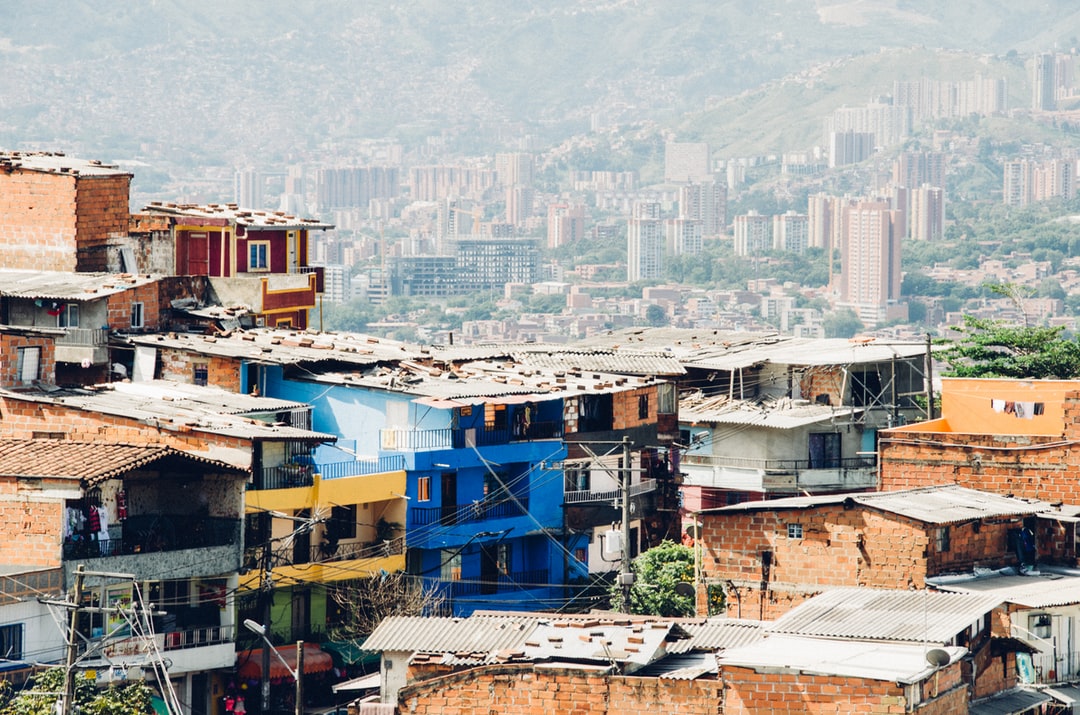
Colombia boasts a number of incredible travel destinations, from the jungles and rainforests of the country’s central region to the diverse flora and fauna of the coastal lowlands. Bogota, Colombia is Colombia’s second-largest city and a world-class tourist destination. Bogota, previously known as the mining capital of Latin America, is Colombia’s bustling, high-mopolitan capital. La Candelaria, its central center, boasts colonial-era monuments like the 16th-century Iglesia de San Francisco and the National Palace, a World Heritage site. It is also home to many popular museums featuring pre Columbian gold coins and other artifacts.
A short train ride away, in the indigenous Andean village of San Bernardo, is the city’s second-oldest museum, the Museum of Little Rock. Dating to colonial days, San Bernardo offers an intriguing glimpse into life in the mid-nineteenth century in Colombia, when Catholic Church and local Indians dominated the society. The colorful, colonial museum provides information on the city’s role in the trans-boundary trade, among other interesting topics. The museum’s resident expert group, which includes Colombian archeologist Dr. Miguel Angel Landa, highlights the effects that post-colonial structures and practices have had on the native peoples of Colombia.
An Overview
Bogota, Colombia’s second largest city, is Colombia’s biggest city and is home to many famous forts, historical sites, and monuments. Bogota is Colombia’s primary port. The city’s port area offers several marinas with restaurants, bars, and nightclubs, as well as facilities for cruise ship traffic. One of the city’s main attractions, the Historic District, is a significant historic area recognized as a World Heritage Site by UNESCO. The district includes the ruins of 16th century fortress San Ignacio, the National Museum, the fortress of Mompos and many other historic forts.
Bogota also offers a wide variety of accommodations to suit travelers of all tastes. Hotels in Bogota include hostels, luxury hotels, guesthouses, backpackers accommodations, farm houses, and many others. The range of lodging options is extensive, ensuring that travelers find the right lodging to suit their travel needs and budgets. Several tour packages offer discounted hotel or guesthouse accommodations to travelers.
Colombia Tourism Guide
Another important element of Bogota Colombia tourism is the country’s diverse flora and fauna. Colombia boasts one of the world’s largest collections of biological diversity, including more than two hundred types of plants and one hundred fifty different animals. Travelers will also be pleasantly surprised by the variety of birds and insects, both at local and across the country. Bird watchers will enjoy seeing different species of birds such as the Greater Flounder, Wood Duck, Royal Terns, Northern Cardinal, Short-eared Owl, Barbary Macaw, and Grey Jungle Fowl.
In addition to seeing the rich flora and fauna of the country, visitors will also enjoy the large number of mineral deposits in the region. Colombia is one of the world’s top producers of copper, zinc, silver, and lead, and accounts for more than 60% of the nation’s exports. Among the most well-known deposits in the city are the Cuachas and Churros Crater, the former being an open-pit copper mine and the latter an abandoned gold mining mine.
Bottom Line
Colombia is a safe country for travel throughout the region. However, if you are planning to travel around the country, it is important that you be sure that you have the proper documentation and accreditation before embarking on your trip. The major cities of the country are also safe, but they can get extremely crowded during peak seasons. To save time and money when traveling, always plan your trip ahead. A little research and preparation goes a long way toward reducing stress and ensuring that you have a fun and rewarding trip.





